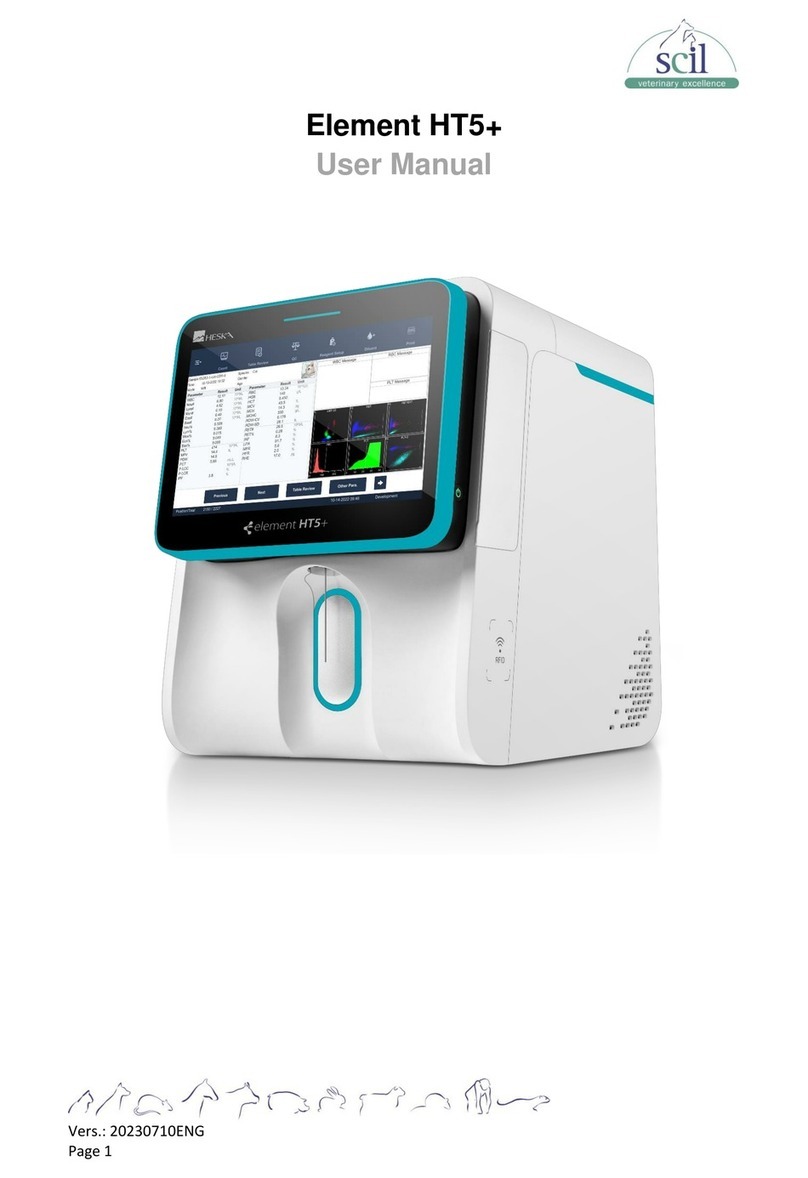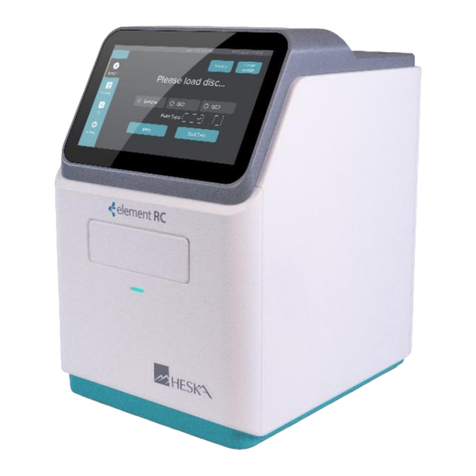_________________________________________________________________________________
Vers.: 20220216_ENG 4
4.4. Analyzer Settings –General Operator Settings .................................................................... 50
4.4.1. Display Settings............................................................................................................. 52
4.4.2. Calibration (Touch Screen Calibration) ......................................................................... 52
4.4.3. LCD Brightness.............................................................................................................. 53
4.4.4. Screensaver Settings .................................................................................................... 53
4.4.5. LCD Off Settings............................................................................................................ 55
4.4.6. Volume Settings............................................................................................................. 55
4.5. Setting the Password............................................................................................................. 56
4.6. Print Settings ......................................................................................................................... 57
4.7. Barcode Settings ................................................................................................................... 59
4.8. Language Settings................................................................................................................. 60
4.9. Self-Test ................................................................................................................................ 61
4.10. Analyzer Settings –Administrator Settings ........................................................................... 64
4.11. Analysis Settings ................................................................................................................... 65
4.11.1. Unit Settings .................................................................................................................. 65
4.11.2. Change Order................................................................................................................ 66
4.11.3. Reference Range Settings ............................................................................................ 68
4.11.4. Registering Species....................................................................................................... 70
4.11.5. Deleting Species............................................................................................................ 71
4.12. QC Material............................................................................................................................ 72
4.12.1. Registering QC Material ................................................................................................ 72
4.12.2. Changing QC Material................................................................................................... 76
4.12.3. Deleting QC Material ..................................................................................................... 79
4.12.4. Importing QC Material ................................................................................................... 80
4.13.Lock Settings......................................................................................................................... 83
4.13.1. Locking Quality Control ................................................................................................. 83
4.13.2. Setting the Lock............................................................................................................. 84
4.13.3. Setting an Operator ID................................................................................................... 85
4.13.4. Creating an Operator ID ................................................................................................ 86
4.13.5. Editing an Operator ID................................................................................................... 86
4.13.6. Deleting an Operator ID................................................................................................. 87
4.13.7. Exporting Operator IDs.................................................................................................. 88
4.13.8. Importing Operator IDs.................................................................................................. 90
4.14. Network Settings ................................................................................................................... 93
4.14.1. Connecting to a Network ............................................................................................... 93
4.14.2. Setting Network Connections........................................................................................ 95





























